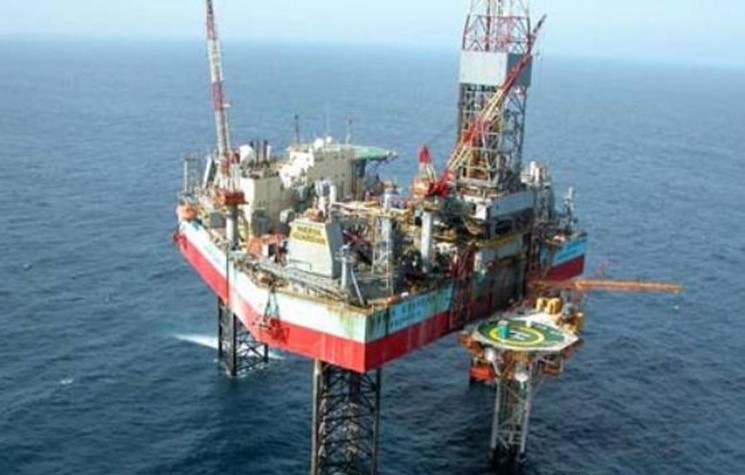Faroe Petroleum targets Pil and Bue look-alikes with new acreage awards in Norway

By Amy McLellan
AIM-quoted Faroe Petroleum has extended its already substantial portfolio in Norway, picking up five new exploration licences under the 2014 APA awards. Importantly, this includes three new licences that are not only near the company’s Pil & Bue discoveries, which were among Europe’s exploration highlights last year with a resource range of between 80 and 200 million barrels of oil equivalent, but also contain look-alike and analogue prospects.
Faroe has been awarded a 20 per cent stake in the Shell-operated PL793 block, which is host to the Upper Jurassic Portrush prospect, an analogue to the Boomerang prospect which Faroe will drill this summer as a follow-up to Pil in PL586. It will also have a 20 per cent stake in the Statoil-led PL794 licence, home to the Rosapenna prospect, another Boomerang look-alike, and 50 per cent of the Centrica-operated Slynge licence, which lies immediately to the south of Pil in a similar structural setting.
Aberdeen-based Faroe has also won extensions of existing acreage in the North Sea, including operatorship, with a 40 per cent interest, in the PL676BS Firkløver extension and a 20 per cent stake in the PL627B Shango Extension, a northern extension of the Shango prospect in the northern part of prolific Utsira High, which is set for drilling in the coming months and if successful could be a candidate for a fast-track tie-back development. Happily, these licence extensions don’t bring any incremental work programme costs.
The oil price may in the doldrums but Faroe’s exploration plans in Norway remain on track, aided by the country’s generous fiscal support for explorers. This ensures the drillbit keeps turning in Norway despite concerns about high costs and low oil prices – a stark contrast to the slowdown across the border in UK waters. It’s one reason why Faroe is keen to grow what is already one of the largest licence portfolios on the NCS.
Indeed, despite the oil price woes, Faroe remains a resilient bet. As CEO Graham Stewart points out, the company’s current position is “robust” with a “strong, largely unleveraged balance sheet, profitable cash flow from a balanced production portfolio and modest capital commitments”.
his point was underscored by the interim results, released in September, which showed the company had an undrawn reserve based lending facility of US$250 million, an exploration finance facility of NOK1.5 billion (US$200 million) and net cash of almost £97 million (US$147 million) as of June 2014.
Faroe is a producer so is certainly exposed to the oil price. The company’s full year production guidance was 7,000-10,000 boepd from fields in the UK and Norway, with average operating costs per barrel of between US$10 and US$35 a barrel. That afforded comfortable margins at US$100 oil and still provides some breathing room now that Brent is US$48 a barrel but there will, inevitably, be some pressure on cash flows.
Even so, analysts are not unduly concerned because of the company’s enviable track record of accessing funding at the right time – it raised £65 million in an oversubscribed placing in June 2014, astute timing given the subsequent events in the oil markets – and its careful balancing of its risk/reward profile through farm-outs, asset trades and use of the Norwegian tax system. It also has oil and gas hedges out to Q4, with 55 per cent of post-tax oil hedged at US$90 per barrel and 35 per cent of gas hedged at 50p/therm.
Indeed, analysts at SP Angel Corporate Finance in London see the current climate as one of opportunity for the £183 million market cap company. “Faroe is well positioned to mature its portfolio, and as it does have cash resources, it will not only benefit when the uptick in oil prices comes, but be in a stronger position when it gets there,” they said in a briefing note on Wednesday. Shares in the AIM company are currently trading at 68.25p. pence per share, up from last year year’s lowof 58 pence.
Comments (0)